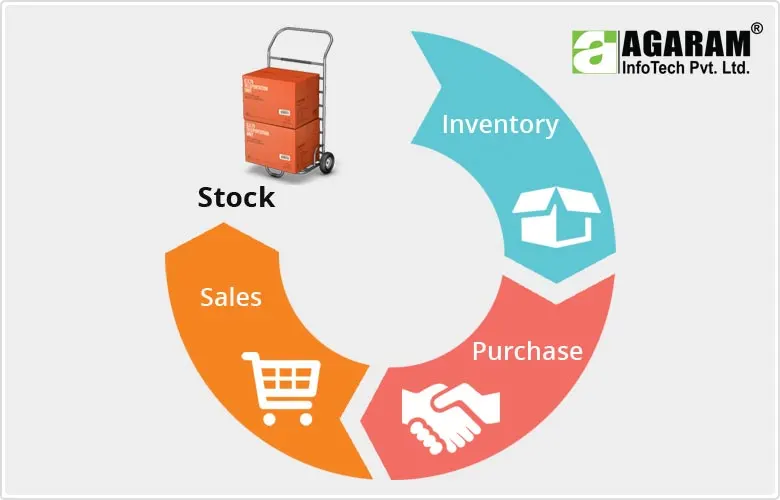As we had already stated, the much dreaded issue for any manufacturer is Stock lying in inventory, unsold and with no near possibility of being sold. This dead stock locks his capital, reduces his cash flow, occupies the precious warehouse space which could be used to stock fast moving goods, incurs expenses in the form of insurance, manpower costs and soon. So it is of immense importance that we discover the reasons for this issue and its appropriate solution.
The transparent reason for this issue is the poor management of inventory. When the inventory movement pattern over a period is not monitored and appropriate change in purchase and sales strategy is not affected, dead stock accumulates. Inventory has to be monitored with efficient inventory management system to track inventory turns. The solution doesn’t stop with only the implementation of the right solution, it has to be utilized to its maximum potential. Two crucial strategies will be, Implementing Measures to Avoid Dead Stock, and adopting ways to successfully liquidate or sell the accumulated one. An effective Inventory Management system would offer both these benefits for it would not only provide the valuable inventory data but also will also provide analytics to study sales pattern to read the pulse of the customer.
What is the right inventory management software for your enterprise??

The choice of the right inventory management system for your enterprise would depend on many factors like the budget that you allocate for the system; the technology implemented to track the items in inventory - example by implementing RFID tags, Barcode systems, etc; the No.of users the system has to support; feasibility of integration with other existing systems, and so on.
Whatever be the constraints you consider before selecting your stock management system, the right one would offer varied benefits to the business. It would streamline your inventory management and would help to :
Identify slow-selling stock - It would enable you to keep a close eye on products that are selling very slowly using your stock control software. It would Prioritize discounts and promotions on products in this category, and ensure that no further stock of this type is ordered when the usual thresholds are reached. The key here is to identify poor performers before they become dead stock. You can set up rules that would instruct the software to flag poorly performing inventory rather than automatically reorder them.
Streamline purchasing process - An efficient Inventory management software would offer multiple levels of authorization for purchases, so that you can be more thorough when making decisions about which items to purchase and when. It ensures that senior staff members approve orders before they’re sent out. Also the right authorization prevents double orders.
Ensure effective Usage of Item Return Date - Some goods have a return period, the time in which it can be returned to the distributor or wholesaler. When you store this information in your inventory management software along with the other information of the material, it can used effectively. You can perform Periodic checks on items whose return period is soon to expire and see if their sales are up to scratch, and accordingly classify these items as dead stock.
Generate Inventory reports - This can be effectively used to determine when a product dies and track its profitability. Industry experts suggest that distributors run an inventory report every month looking for products that have not sold in the last 12 months. Items that fall under this category should be considered as dead stock and handled accordingly. You should immediately stop reordering it and convert the poor-selling products to non-stock items.
Liquidate dead stock - Despite your best efforts, it’s almost inevitable that you’ll end up with some dead stock. An efficient Inventory management system enumerates all the possible ways you can make the maximum revenue out of them by suggesting the right Clearance discounts, Package deals and Online Sales Strategy.
The key here is to get ahead of the problem and avoid stocking a huge dead stock in your warehouse, and in situations where you end up with non-moving stock ensure you adopt the right sales techniques to successfully liquidate or sell the accumulated one.